Indonesia is home to several wild cat species, including the Javan leopard, Sumatran tiger, Sunda leopard cat, Sunda clouded leopard, bay cat, marbled cat, Asian golden cat and flat-headed cat
Indonesia (the Republic of Indonesia) is the southernmost country in Asia. It lies between the Indian and Pacific oceans and has over 17,000 islands, including Sumatra, Java, Sulawesi, parts of Borneo, and New Guinea.
Borneo (also known as Kalimantan in the Indonesian language) is the third largest island in the world. It is politically divided into three countries: Malaysia and Brunei in the north and Indonesia in the south.
Sumatra is the largest island in Indonesia and the sixth largest island in the world.
More about Indonesia
The name “Indonesia” comes from the Greek words “Indos” and “nesos,” which mean “Indian islands.” Indonesia is divided into 38 provinces, nine of which have autonomous status. Jakarta, the capital, is the largest city. It is the world’s fourth-most populous country, with half its population residing on the island of Java.
Biodiversity
Indonesia boasts vast areas of wilderness and biodiversity. It is one of the world’s 17 mega-diverse countries. Seventeen percent of the world’s wildlife inhabits Indonesia, including mammals (515 species), reptiles (over 600 species), birds (1519 species), and amphibians (270 species).
Indonesia is also known for its numerous volcanoes and experiences frequent earthquakes.
The country has two distinct seasons: a dry season from May to October and a wet season from November to April. The climate remains relatively consistent throughout most of the year.
Rainforests
Indonesia faces a critical environmental issue with one of the world’s fastest deforestation rates. The country has lost almost 50% of its forest cover, highlighting the urgent need for conservation efforts.
Tropical rainforests in Indonesia include:
- Borneo lowland rainforests – located on the island of Borneo
- Borneo montane rainforests – located in the mountainous regions of Borneo
- Harapan rainforest (Sumatra) – located in Sumatra.
- Sumatran tropical pine forests – located in the highlands of Sumatra
- Tropical Rainforest Heritage of Sumatra – A World Heritage Sites located in Sumatra.
Image: A rainforest in Bali, Indonesia. Sunda leopard cats inhabit Bali. It was once the location of a population of Javan tigers.
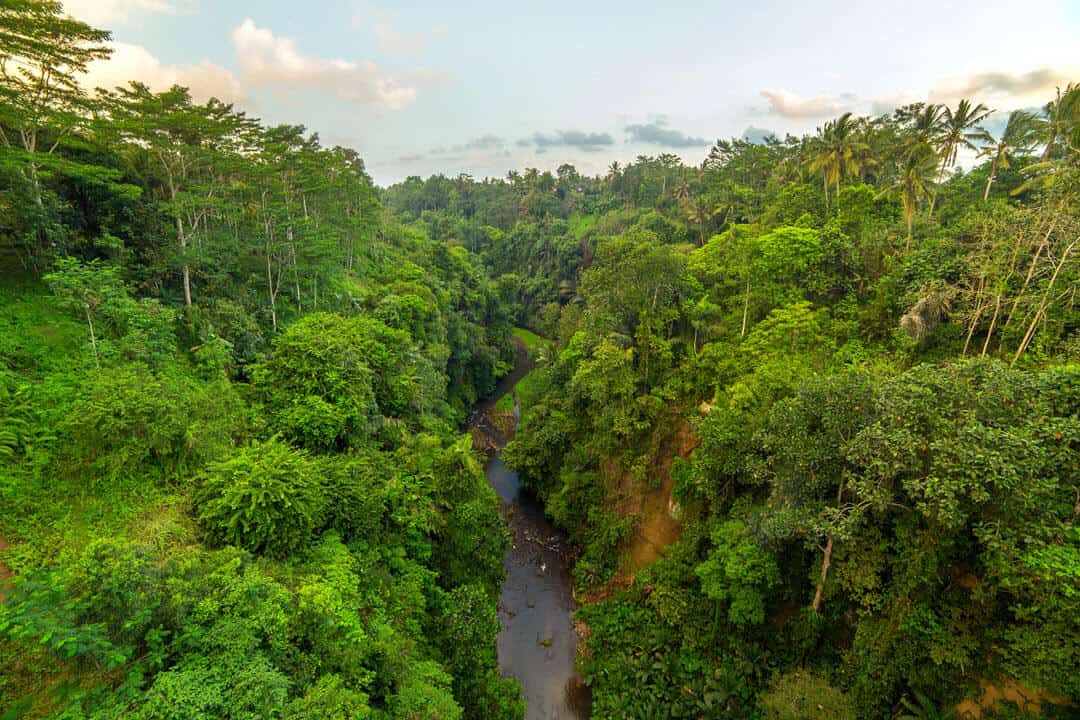
World Heritage Sites
Indonesia has four World Heritage Sites. A World Heritage Site is a legally protected historical, scientific, and cultural site considered to have outstanding universal value for humanity. The benefits of being named a World Heritage Site include funding for its protection and conservation.
The four Indonesian World Heritage Sites are:
- Komodo National Park – volcanic islands inhabited by over 5,000 giant lizards.
- Lorentz National Park – located in Central Papua, Highland Papua, and South Papua, in western New Guinea. It is the largest protected area in southeastern Asia.
- Tropical Rainforest Heritage of Sumatra – comprises three national Sumatran parks: Gunung Leuser National Park, Kerinci Seblat National Park, and Bukit Barisan Selatan National Park. Sumatra is home to the Sunda leopard cat, Asian golden cat, Marbled cat, Sumatran tiger, Sunda clouded leopard, and flat-headed cat.
- Ujung Kulon National Park – located in southwestern Java. It is inhabited by the Javan leopard and Sunda leopard cat.
Where Wild Cats in Indonesia Live
Wild cats in Indonesia live in different places depending on their needs. You can find them in dense rainforests, highland forests, swampy peatlands, and even near rivers and coasts. Some of the best spots to find wild cats are on the islands of Sumatra, Borneo, and Java, where there are still large areas of wilderness. Places like Bukit Tigapuluh National Park and Gunung Leuser National Park in Sumatra, and the peat swamp forests of Borneo, are home to many of these cats. But because forests are disappearing, these animals need our help to stay safe.
The Big Cats in Indonesia
There are two big cats in Indonesia, the Sumatran tiger and the Javan leopard.
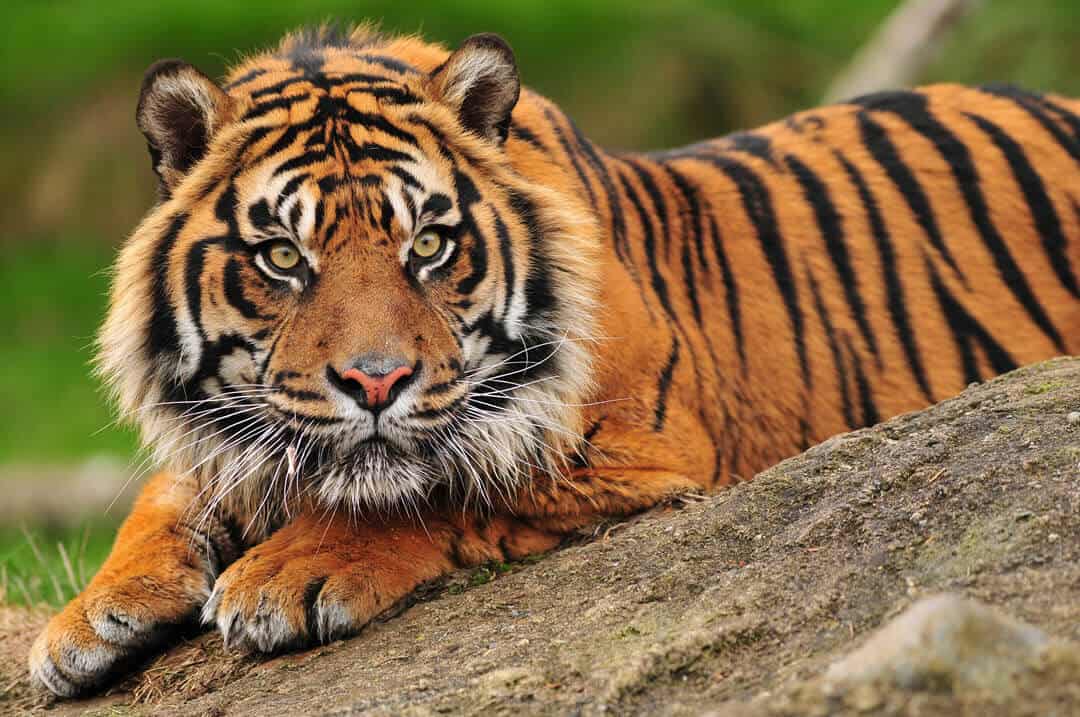
Sumatran Tiger
Panthera tigris sondaica
A population of tigers found on the island of Sumatra. The Sumatran tiger is a big cat with orange fur and bold black stripes. It’s the smallest tiger in the world, but it’s still a powerful hunter that eats deer and wild pigs. You can find it only on the island of Sumatra, in rainforests and swampy areas like Bukit Tigapuluh and Way Kambas National Park. Sadly, it’s critically endangered because of habitat loss and poaching.
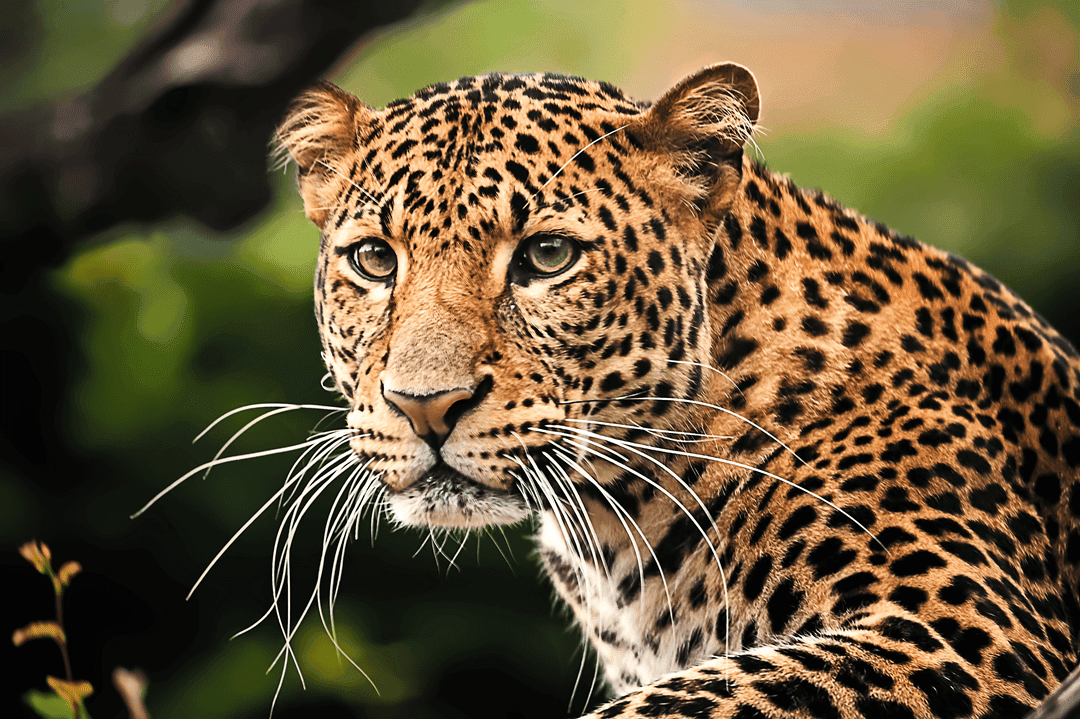
Javan leopard
Panthera pardus melas
A population of leopards only find on the island of Java. The Javan leopard has a sleek body with a coat of yellow or reddish fur covered in black spots. It’s a skilled climber and hunts animals like deer and monkeys. This cat lives in forests and mountainous areas like Ujung Kulon National Park. It’s very rare and endangered due to shrinking forests.
Medium-sized Indonesian wild cats
There are two medium-sized wild cats in Indonesia, the Asian golden cat and Sunda clouded leopard.
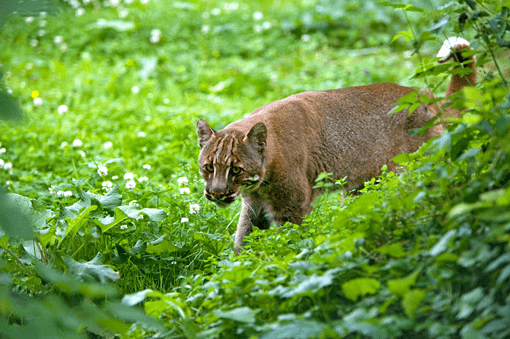
Asian Golden Cat
Catopuma temmincki
This cat has a golden or reddish coat, sometimes with faint spots, and a sturdy build. It hunts small mammals and birds, often at dawn or dusk. It lives on Sumatra, in forests and hilly areas like Kerinci Seblat National Park.
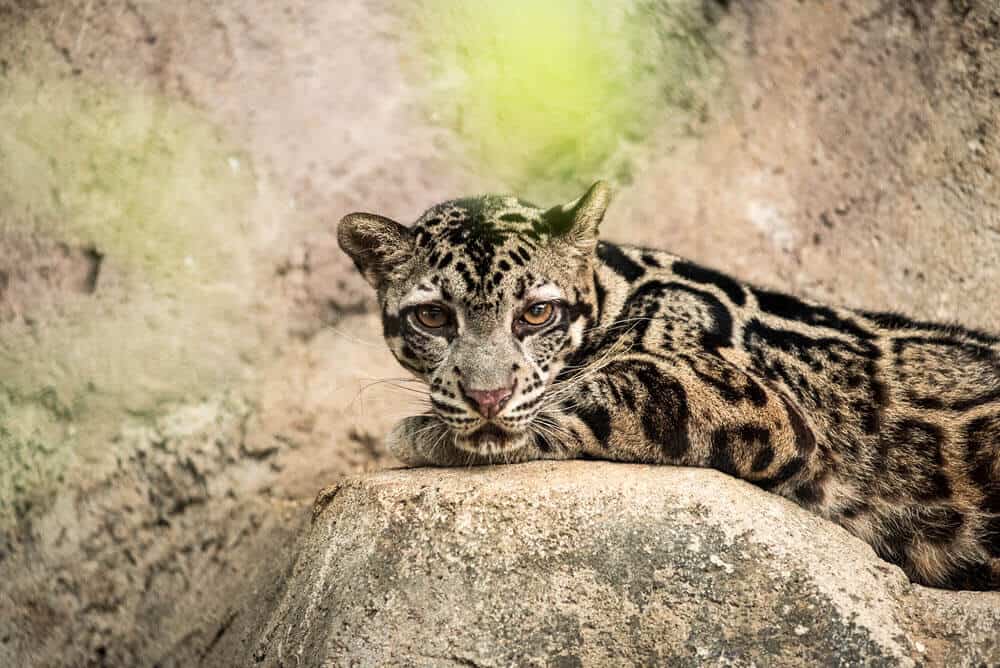
This cat has a stunning coat with cloud-like spots and a long tail for balance in trees. It’s a great climber and hunts monkeys, deer, and birds. It lives on Sumatra and Borneo, in dense rainforests and hilly areas like Gunung Palung National Park in Borneo. It’s endangered because its forest home is being cut down.
Indonesian small wild cats
There are four small wild cats that inhabit Indonesia.
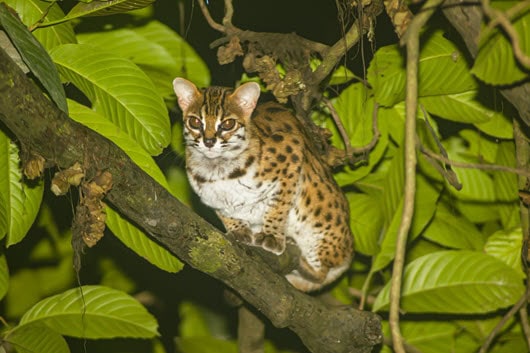
Sunda Leopard Cat
Prionailurus javanensis
The Sunda leopard cat is a small, house-cat-sized feline with a grayish-brown coat and dark spots. It loves to hunt rodents, birds, and even insects at night. You can find it on islands like Sumatra, Borneo, Java, and Bali, often in lowland forests, swamps, or near farms. It’s pretty common but still needs protection.
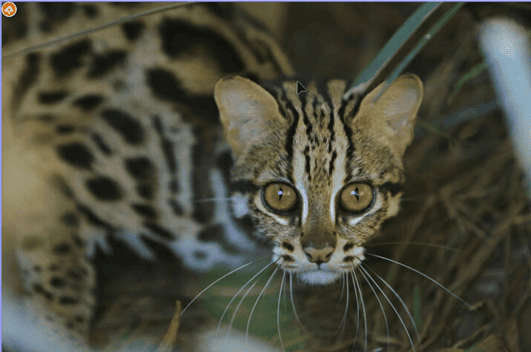
Marbled Cat
Pardofelis marmorata
The marbled cat looks like a tiny clouded leopard with a marbled pattern on its fur and a bushy tail. It’s super secretive and spends a lot of time in trees, hunting birds and squirrels. You can find it on Sumatra and Borneo, in thick forests like those in Riau province. It’s vulnerable because its habitat is disappearing.
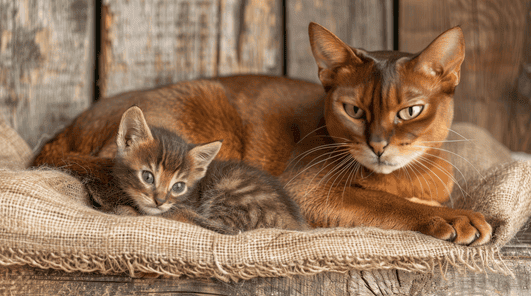
Borneo Bay Cat
Catopuma badia
The bay cat is a rare, small cat with reddish-brown or gray fur and a long tail. Not much is known about it because it’s so shy, but it probably eats small animals like rodents. It’s found only on Borneo, in forests and sometimes near rivers. It’s endangered, and deforestation makes it hard for this cat to survive.
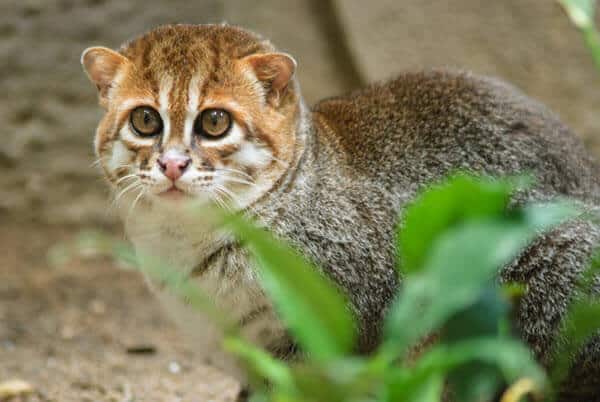
Flat-headed cat
Prionailurus planiceps
The flat-headed cat is unique with a flat head, webbed toes, and a love for water. It catches fish, frogs, and crustaceans in wetlands. It’s found on Sumatra and Borneo, near rivers and swamps like those in the Kampar Peninsula. It’s one of the most endangered cats in Indonesia because wetlands are being drained.
Indonesia Wild Cat Conservation Problems
1. Habitat Loss from Deforestation
Wild cats need forests, wetlands, and other natural spaces to live and hunt. But in Indonesia, huge areas of rainforest are being cut down for palm oil plantations, farming, logging, and mining. For example, Sumatra and Borneo lose millions of acres of forest each year. This shrinks the places where cats like the Sumatran tiger and flat-headed cat can live, forcing them into smaller areas where it’s harder to find food.
2. Poaching and Illegal Hunting
Some people hunt wild cats illegally to sell their fur, bones, or other parts, which are used in traditional medicines or as trophies. Sumatran tigers and Javan leopards are especially targeted. Poaching reduces their numbers, and since there are already so few of these cats, even losing a few can make a big difference.
3. Human-Wildlife Conflict
As forests disappear, wild cats sometimes wander into villages or farms looking for food. They might attack livestock, like goats or chickens, which makes farmers angry. In response, people may kill the cats to protect their animals. This is a problem for cats like the Asian golden cat and Sunda leopard cat, who live near human settlements.
4. Illegal Wildlife Trade
Some wild cats, like the Sunda clouded leopard, are captured and sold as exotic pets or for their beautiful fur. This illegal trade is hard to stop and takes cats out of the wild, making it tougher for their populations to grow. Baby cats are often taken from their mothers, which hurts their chances of survival.
5. Weather Changes
Indonesia’s tropical climate is changing, with more floods and droughts. This affects the forests and wetlands where cats live. For example, the flat-headed cat depends on swampy areas for fishing, but climate change can dry up these habitats. Changing weather also affects the animals that wild cats hunt, like deer and rodents, making food harder to find.
6. Lack of Protected Areas
While Indonesia has national parks like Gunung Leuser and Ujung Kulon, many wild cat habitats aren’t protected. Even in protected areas, illegal logging and poaching still happen because there aren’t always enough rangers or money to patrol them. Cats like the Bornean bay cat, which are super rare, need more safe spaces to survive.
7. Low Population Numbers
Some wild cats, like the Javan leopard and marbled cat, already have very small populations. When there are only a few of a species left, it’s hard for them to find mates and have babies. This makes it easier for them to disappear completely if other problems, like habitat loss, keep happening.
What is Being Done to Protect Wild Cats?
Conservation groups are planting trees to restore forests, teaching farmers how to protect their livestock without hurting cats, and cracking down on poaching. National parks are being expanded, and scientists are studying cats to learn how to keep them safe. You can help by learning more, spreading the word, and supporting groups that protect wild cats and their homes.
Laws Protecting Wild Cats in Indonesia
Indonesia has several laws to protect its wild cats, like the Sumatran tiger, Javan leopard, and others, as well as other wildlife. These laws aim to keep animals safe from harm and preserve their habitats, but enforcing them can be tricky.
Key Laws Protecting Wild Cats
Act No. 5 of 1990 on Conservation of Living Natural Resources and Their Ecosystems
This is Indonesia’s main law for protecting wildlife, including wild cats. It says it’s illegal to catch, injure, kill, trade, or keep protected animals without permission. All of Indonesia’s wild cats, like the Sumatran tiger (Panthera tigris sumatrae), Javan leopard (Panthera pardus melas), and flat-headed cat (Prionailurus planiceps), are listed as protected species. Breaking this law can lead to up to 5 years in prison and big fines (up to 100 million rupiah, about $6,500 USD). The law also protects habitats like national parks where these cats live, such as Gunung Leuser and Bukit Barisan Selatan.
Law No. 18 of 2009 on Husbandry and Animal Health
This law includes rules about animal welfare, saying animals should be free from pain, fear, and abuse during capture, transport, or killing. It applies to wild cats if they’re caught or kept in zoos. For example, it helps ensure that a Sunda clouded leopard (Neofelis diardi) in a zoo isn’t mistreated. The law also says people handling animals need to know how to care for them properly.
Regulation No. 95 of 2012
This rule builds on the 2009 law and lists the “Five Freedoms” for animals: freedom from hunger, pain, fear, discomfort, and the ability to act naturally. It applies to wild cats in captivity, like a marbled cat (Pardofelis marmorata) in a rescue center. It says people must treat these animals well, but it mostly applies to those who own or work with them, not random hunters.
Government Regulation No. 7 of 1999
This law lists specific animals as protected, including all of Indonesia’s wild cats. It bans hunting or trading them without a permit. For instance, you can’t sell a Bornean bay cat (Catopuma badia) or its fur. Permits are only given for things like research or breeding to help the species survive. This helps protect rare cats like the Asian golden cat (Catopuma temminckii).
Other Important Wildlife Laws
Law No. 32 of 2009 on Environmental Protection and Management
This law protects the environment, which helps wild cats by keeping their habitats safe. It controls things like logging and mining that can destroy forests where cats like the Sunda leopard cat (Prionailurus javanensis) live. It also sets rules for companies to avoid harming nature and encourages sustainable development.
Law No. 41 of 1999 on Forestry
This law protects forests, which are home to most of Indonesia’s wild cats. It makes it illegal to cut down trees in protected areas like national parks without permission. For example, Kerinci Seblat National Park, where Sumatran tigers roam, is guarded by this law. It also helps stop illegal logging that hurts cat habitats.
Presidential Decree No. 43 of 1978 on CITES
Indonesia signed an international agreement called CITES (Convention on International Trade in Endangered Species). This bans trading endangered animals or their parts across borders. All Indonesian wild cats are listed under CITES, so you can’t sell a Sumatran tiger’s claws or a clouded leopard’s fur to other countries. This helps stop the illegal wildlife trade.
Challenges with These Laws
Even though these laws sound strong, there are problems:
Weak Enforcement: Indonesia has thousands of islands, so it’s hard to catch poachers or stop illegal trade. There aren’t always enough rangers or money to patrol places like Borneo’s forests.
Illegal Trade: Some people still sell wild cats or their parts online or in markets, even though it’s against the law. For example, in 2022, over 1,100 protected animals were found for sale on social media.
Habitat Loss: Laws protect forests, but deforestation for palm oil and farms still happens. This hurts cats like the flat-headed cat, which needs wetlands to survive.
Low Awareness: Many people don’t know about these laws, so they might break them by accident or not report crimes.
Efforts to Help
Indonesia is trying to fix these issues. The Wildlife Crimes Unit, started in 2003, works with police and courts to catch poachers and traders. National parks are being expanded, and groups like WWF help monitor cats with camera traps. In 2014, a religious group issued a fatwa (Islamic ruling) saying it’s wrong to hunt or trade endangered animals, which helps spread the word.

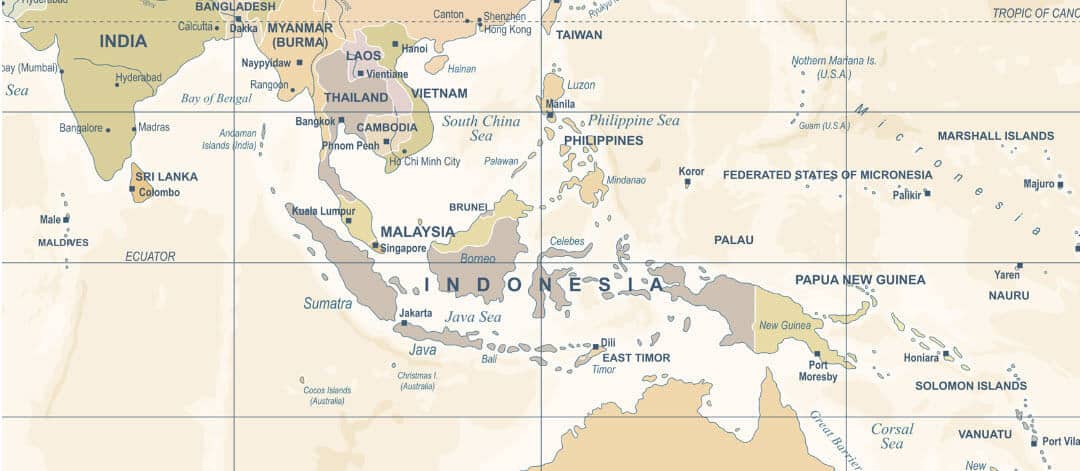

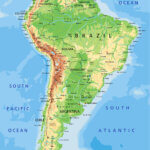

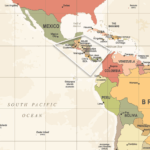



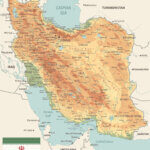


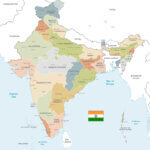

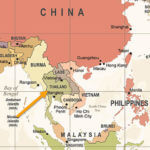
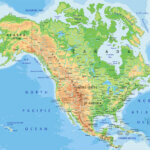
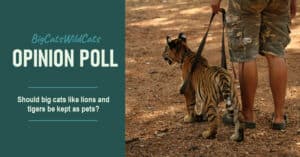
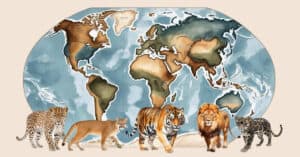



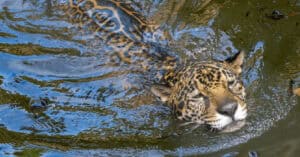
0 Comments